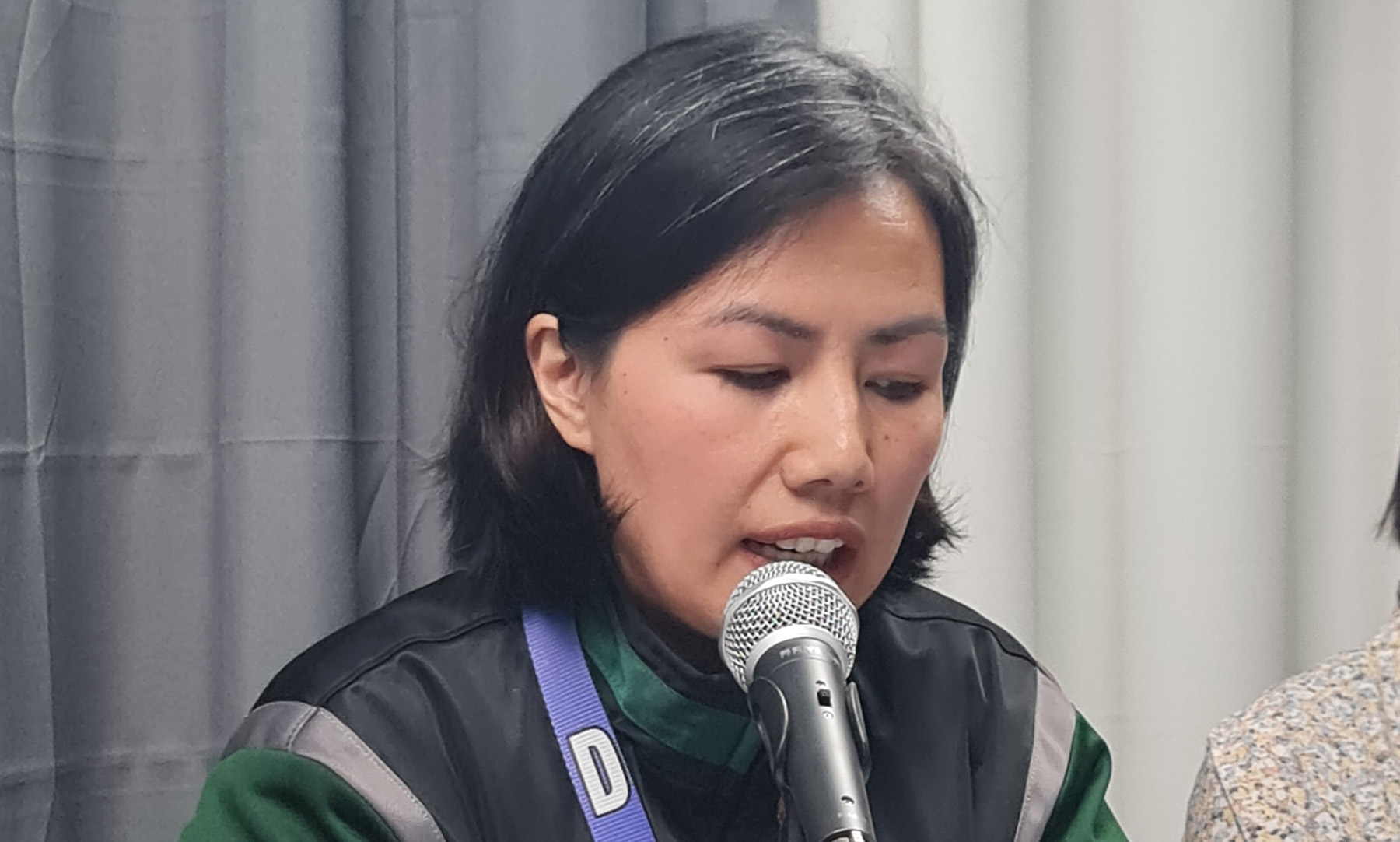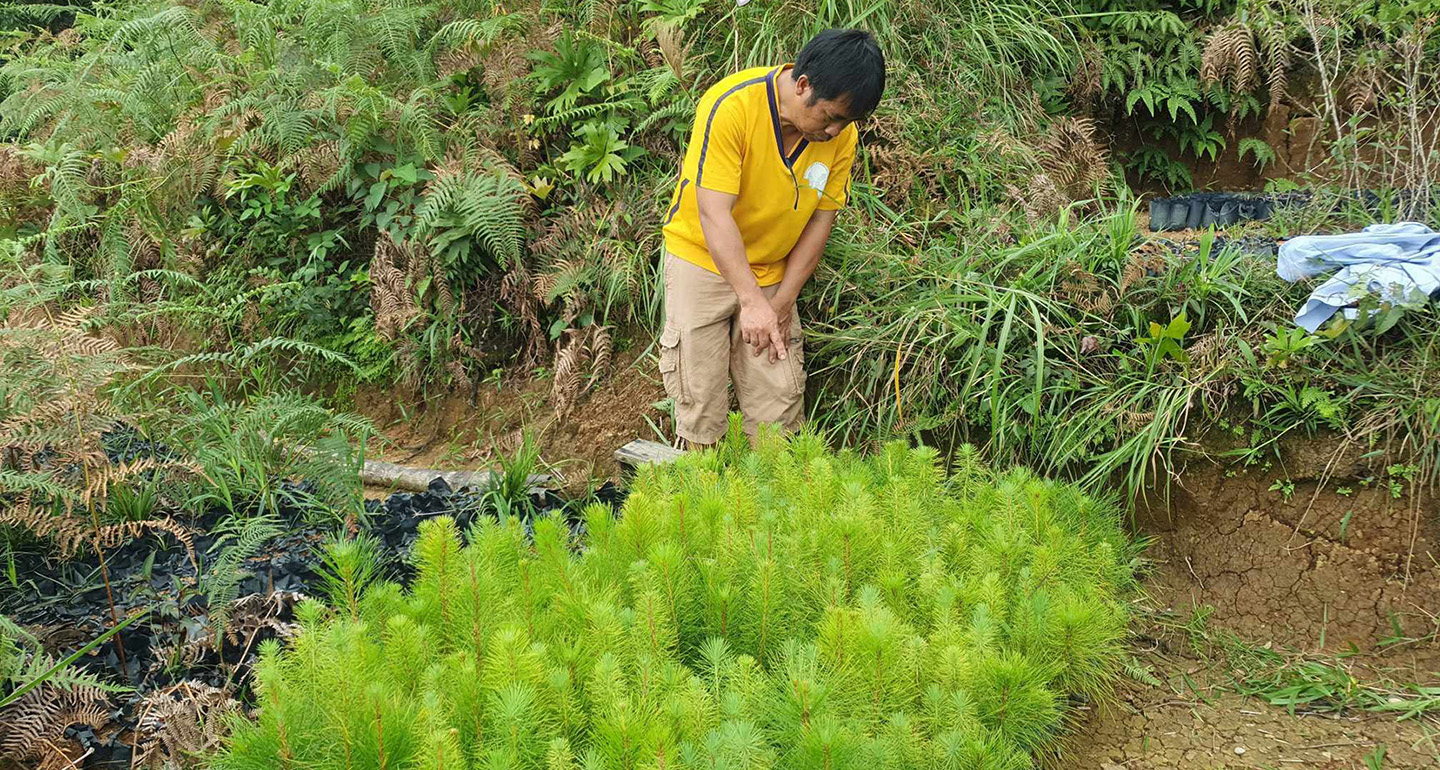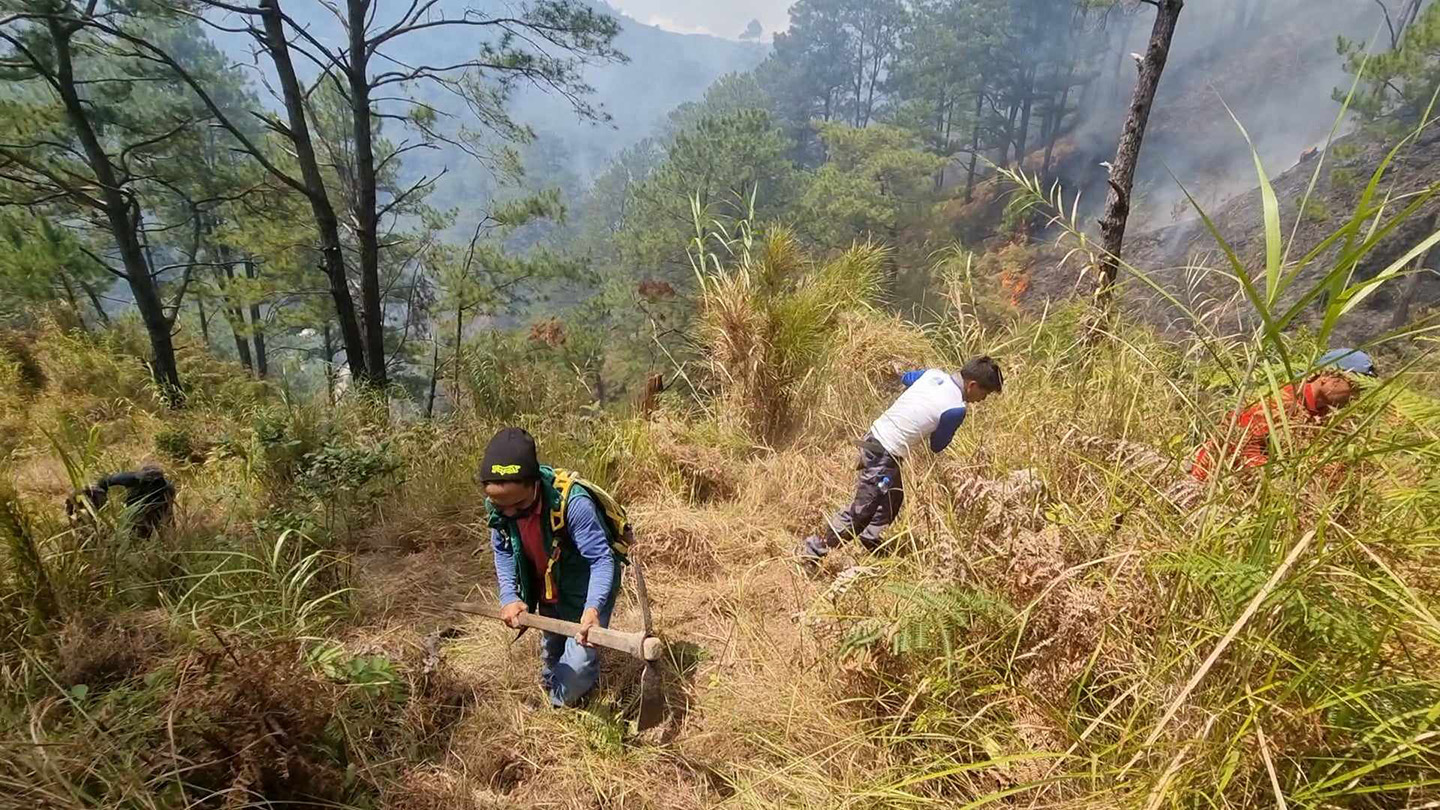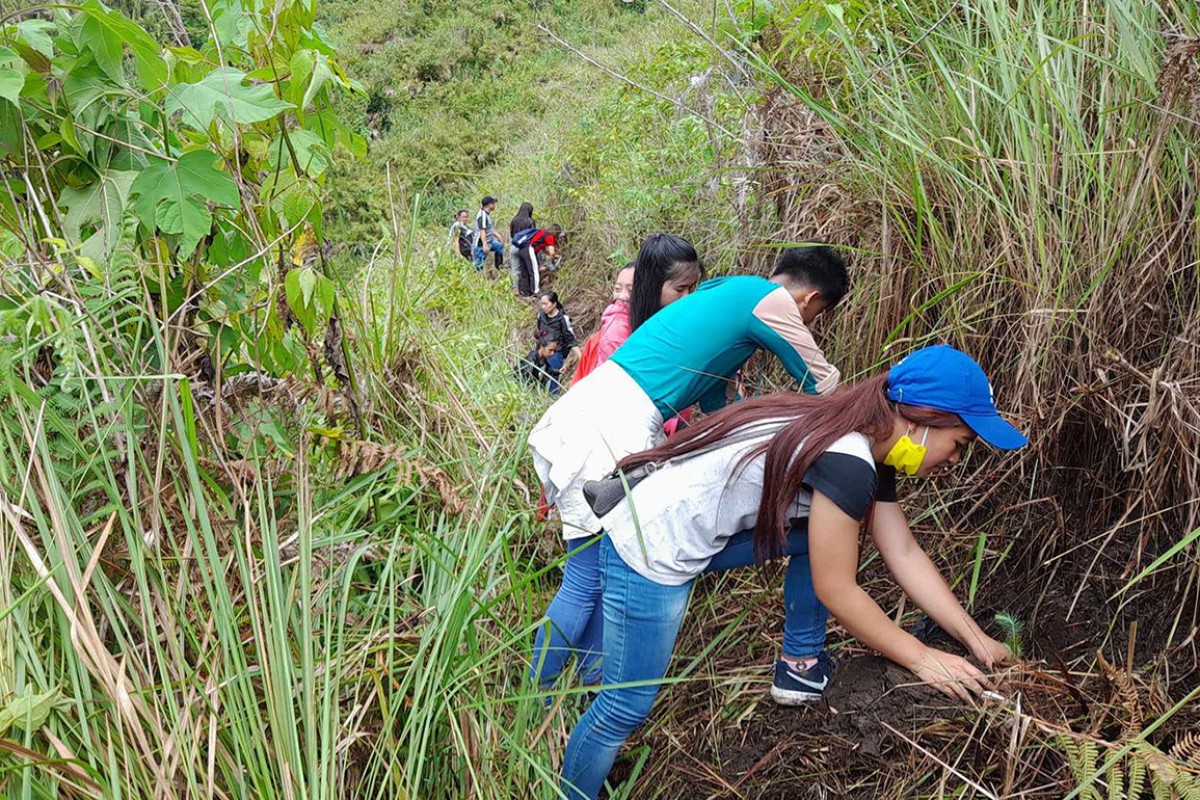PIA – The Cordillera Administrative Region, with its 13 major river systems, is the source of water for household use, irrigation and hydroelectricity generation.
But how long will Cordillerait be able to live up to its identity as the Watershed Cradle of Northern Luzon?
With a total land area of over 1.8 million hectares, the region comprises 85 percent of forest land, and 15 percent% alienable and disposable land.
However, it is faced with the problem of deteriorating quality of its watersheds due to forest loss driven mainly by agricultural expansion and illegal logging, according to a study titled “Spatio-temporal Analysis of Remotely Sensed Forest Loss Data in the Cordillera Administrative Region” in 2022.
A study in 2023 also showed that the impact of forest loss caused either by land use, land cover change, or climate change, will lead to a biodiversity crisis.
DENR-CAR senior forest management specialist forester Maricel Paquitol underscorlined that it is indeed crucial to protect and conserve these forests and watersheds. Not only do these natural resources provide a sustainable source of water, but they also play a vital role in maintaining ecological balance.
Without proper protection and conservation measures, there is a risk of degradation and depletion of these resources, which could lead to water scarcity and environmental imbalance.

The Department of the Environment and Natural Resources (DENR) continues to implement various programs and projects to conserve and protect the remaining forest cover in the region.
Conservation and Development
According to the National Mapping and Resource Information Authority (NAMRIA) the forest cover in the Cordillera was over 807,000 hectares in 2015.
Among the key initiatives of DENR-CAR in restoring and increasing forest cover in the region is the implementation of reforestation programs.
Paquitol said that through the Enhanced National Greening Program (ENGP) from 2011 to 2023, over 96.6 million seedlings and propagules were planted around the region.
Through the collaborative efforts of DENR, and various stakeholders, the forest cover in the region increased by 2.66 percent from 2015 to 2022, Paquitol said.
Based on the satellite imagery data from the NAMRIA, 2.66 percent is equivalent to 21,511 hectares.
The DENR has partnered with various peoples' organizations (POs) for the protection and maintenance of ENGP sites.
Through the community environment and natural resources offices (CENROs), a comprehensive contract with POs is established for the production of planting materials for plantation establishment, maintenance, and protection.
Individuals or groups who are interested in contributing to the reforestation activities of DENR are encouraged to avail of free seedlings at the nearest CENRO

The DENR also continues with its small water impounding system (SWIS) project, a water impounding facility that will store rainfall or water from the closest available spring or body of water, for immediate or future use.
From 2015 to 2023, the DENR-CAR was able to construct 174 SWIS across the region. These are expected to help in the maintenance of the plantation sites and communities during the El Niño season.
Protection of Forests and Watersheds
The DENR also conducts regular monitoring and environmental law enforcement activities to prevent poaching, and other illegal activities that pose threat to the region's forests and watersheds.
"We conduct regular patrolling, not just to deter any forms of illegal activities in the forest, but we engage the active collaboration and involvement of forest communities and other stakeholders in forest protection," Paquitol said.
Since 2013, DENR-CAR has been hiring an average of 494 forest guards annually. A total of 63 patrol teams have been created regionwide, prioritizing protection efforts.
There are also 44 forest product monitoring stations or checkpoints established in strategic locations in the Cordillera. These stations are manned 24/7 by organic personnel of the DENR, with the assistance of forest guards.

Paquitol also shared that DENR noted the effective use of the LAWIN, a forest and biodiversity protection system that integrates forest, biodiversity and threats monitoring, implementation of interventions to address threats, and monitoring of the response of the forest ecosystem to these management interventions.
This system uses open-source technology for biodiversity and threats monitoring through a smartphone app for electronic encoding of field data, and an open-source software for geospatial analysis of collected data in forest ecosystems.
"This is used to capture, gather, record data observations, sa forest- condition ng forest, wild life, kung may na observe na threats. This way, naa-address natin 'yung threat in a timely manner," she said.
The DENR is also working closely with local government units to stop forest land conversions. This collaboration aims to strengthen the enforcement of laws against tree poaching and land encroachments.
There are also task forces created at the regional, provincial, and municipal levels that help deter illegal activities on forest lands.
These are just some of the projects and programs of the DENR to ensure the conservation, management, development, and proper use of the country's environment and natural resources as it continues with the capacity building, monitoring and evaluation activities to make sure that they are on the right track.
But as the DENR continues to exert efforts to conserve and safeguard the forests and watersheds, without the collaboration of various stakeholders, these efforts may not be fully sustainable.
A whole-of-community approach involving government agencies, LGUs, non-government organizations, and the community is crucial in addressing the emerging environmental challenges effectively and achieving long-term success in forest and watershed conservation. (DEG-PIA CAR)




